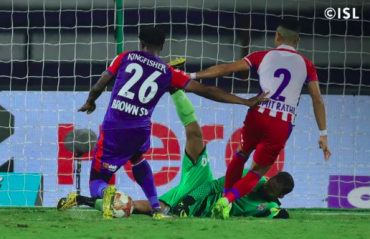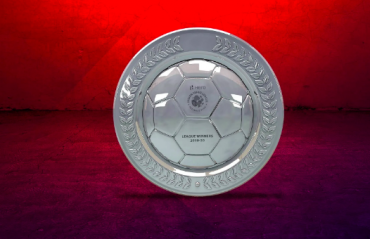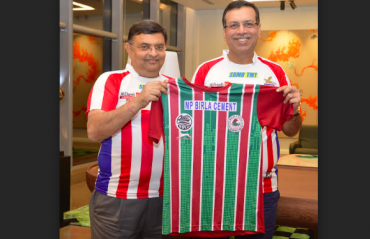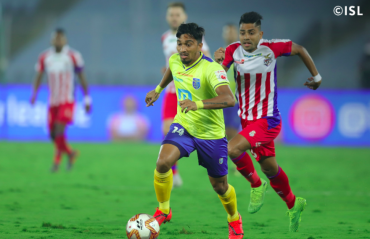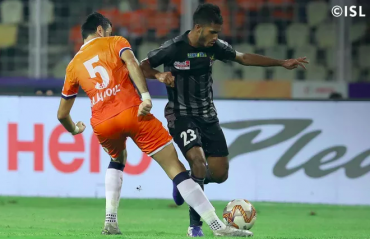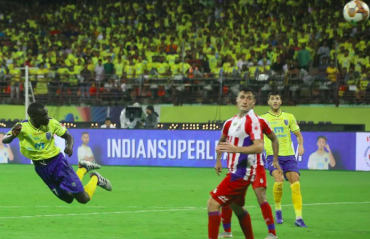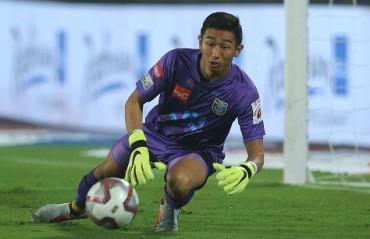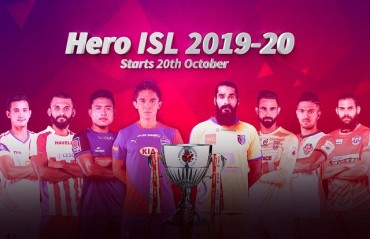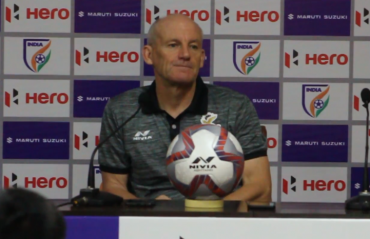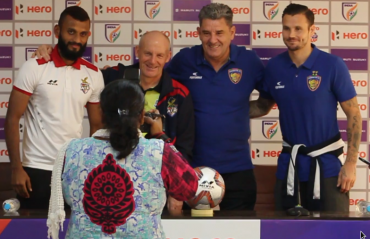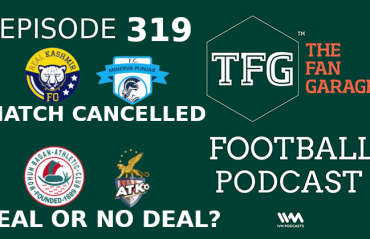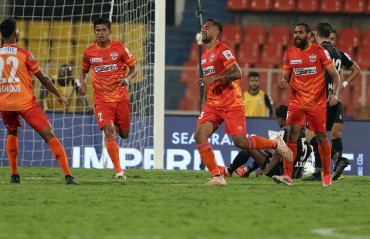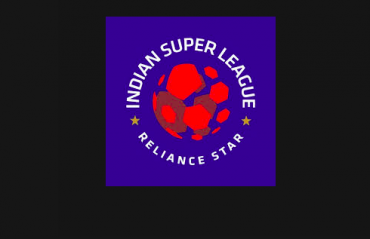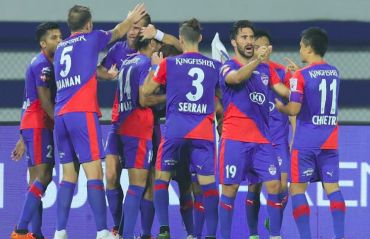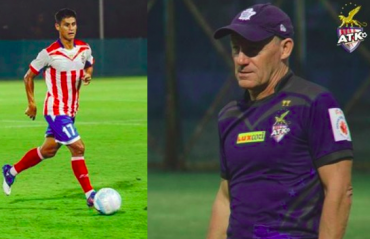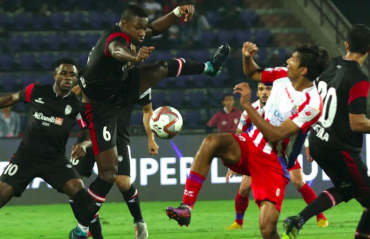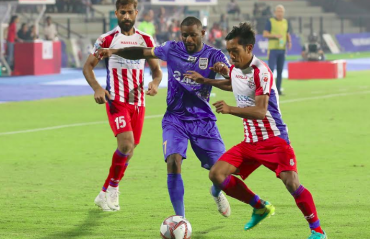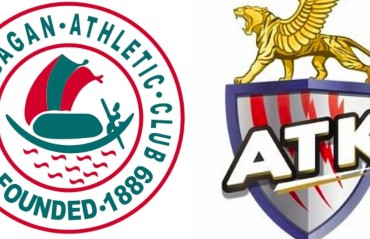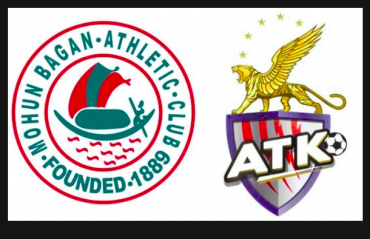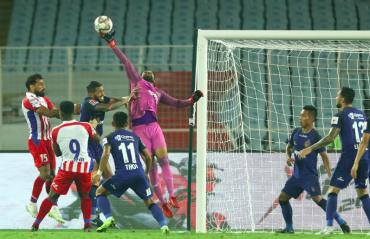STADIUM STORIES: For ATK, go for the E or G stands in the YBK
THE VIVEKANANDA YUVABHARATI KRIRANGAN, otherwise known as Salt Lake Stadium or simply 'YBK' to the fans, is a seasoned arena that has seen many battles, some of which have shaped the course of India's footballing history. A mammoth colosseum equipped with multi-sport training facilities spread over 76 acres, the stadium is the second largest sporting arena in the world, with an official capacity of 120,000. It is here that defending ISL champions Atletico de Kolkata will play their home matches.
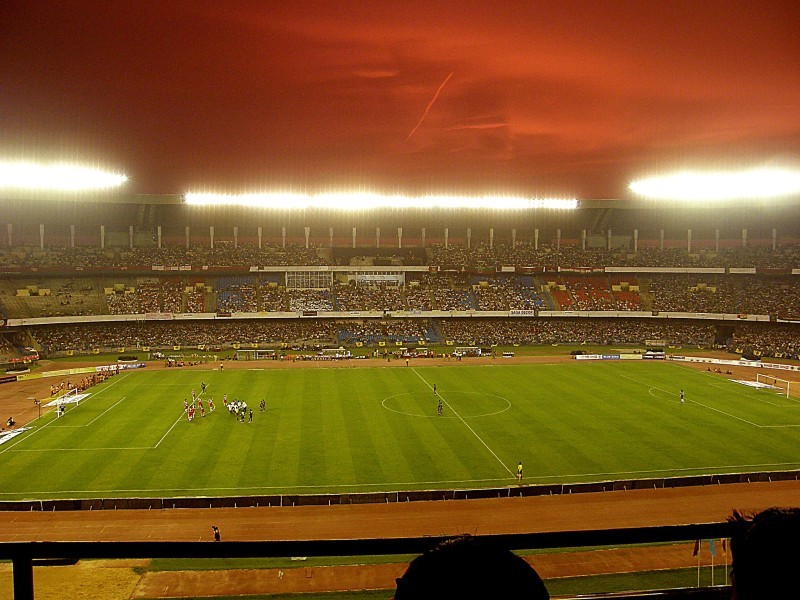
The stadium was established in 1984 because the club grounds in the Maidan area, each with capacity around 20,000 were proving too small for the rush of crowd that used to throng the grounds on matchdays. And while the Eden Gardens was there to handle some of the bigger games, like the Kolkata Derby, the pressure of handling both cricket and football was proving to be a bit harsh for the stadium.
The humbling, gigantic structure features three tiers of concrete galleries. There are countless romps and stairs that go out of the stadium like spokes on a bicycle wheel. There are a total of six gates (gate no 1-5 and VIP gate) to handle the heavy traffic one usually sees in a Derby game. It was also built to enforce crowd segregation; so that supporters of rival clubs could enter through separate gates and sit in separate stands. This helped curb the widespread hooliganism and violence that plagued the football circuit throughout the 1970s, and on the fatal day of 16th August 1980 took the lives of 16 football fans on a Kolkata Derby day at Eden Gardens.
The stadium heralded a new era in Kolkata football. Able to accomodate upwards of 100,000 fans any given day, it soon became one of the most important grounds in Indian football. It played host to a number of prestigious football tournaments like the Jawaharlal Nehru International Gold Cup and Challenger Trophy. The Indian national team has played a number of matches here over the last 30 years.
It has also been part of other memorable football matches, like the international friendly between Argentina and Venezuela that saw Lionel Messi debut as his national team captain. Legendary German goalkeeper Oliver Kahn played his very last match for Bayern Munich on this very ground against Mohun Bagan, where a capacity crowd bade him farewell with a standing ovation.
I-League clubs East Bengal and Mohun Bagan still play the majority of their home games here, and the Derby encounters between them remain the highest attended sporting event in the country. When these two rival clubs clashed on this ground in the 1997 Federation Cup semi-final, a crowd of 131,000 was present to witness it, an all-time record for any sporting event in India.
_Kolkata_India_-_FC_Bayern_Munich_Mohun_Bagan_Oliver_Kahn_1.jpg)
On a Kolkata Derby day, whether it be during CFL or I-League, East Bengal and Mohun Bagan fans have to stay vigilant to make sure they get tickets to the right end of the stadium, otherwise they risk ending up in "enemy territory" which can lead to harrassment. But during ISL, the atmosphere is much more relaxed. There is no crowd segregation, as there is little threat of violence. The ISL games lack the pulsating intensity of a Kolkata Derby game, and the crowd that shows up is also remarkably different from the usual league football crowd. This makes for a more hassle-free experience for the casual fan, who feels more comfortable bringing the family along with the hope of catching a glimpse of a celebrity in the stands.
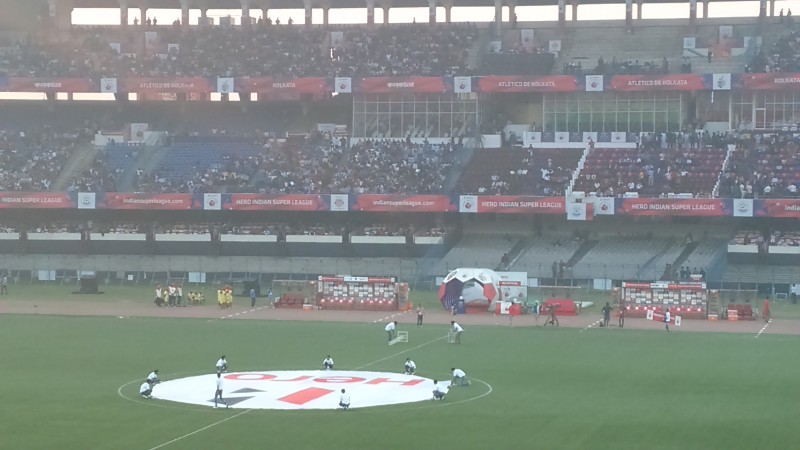
The stadium is undergoing massive renovations in preparation to host the FIFA U-17 World Cup in 2017. The football pitch features a newly laid natural grass turf that was inaugurated earlier this month with the CFL Derby. The stands are also getting refurbished; by 2017 they will have 85,000 bucket seats installed. For now, however, there are seating arrangements in only 4 of the stands: the lower and middle tiers along both ends of the pitch, namely the A, C, E and G stands. The rest are concrete terraces, where you can sit or stand as you please.
_Kolkata_India_-_FC_Bayern_Munich_Mohun_Bagan_Oliver_Kahn_6.jpg)
Now, if you are planning to go down and catch yourself a bit of football during this ISL, here's what you need to do to make sure you pick the right spot for yourself and your friends/family. It is universally known among YBK regulars that the middle tier is the best place to see the match from. It is not too far from the action (although no spectator is quite near the pitch thanks to the athletic tracks that surround it) and has the right amount of elevation to offer the best view.
The upper tier isn't too bad either, and it usually has the cheapest tickets, but it's a bit too far from the action; a binocular might come in handy to view the finer details of a crucial free kick and the like. As for the lower tier, avoid it like the plague. Especially the A stand. Because the dug-outs block your view and the middle tier that hangs low overhead stops you from taking in the sheer enormity of the arena that is an integral part of the YBK experience. So, avoid. Even if they say it has nice chairs and hospitality.
The E stand, that is the middle tier behind the dugouts, is universally accepted as the best place in the stadium. This is where the press box and VIP areas are, and where all the celebrities will be. Obviously, the tickets prices for this stand, too, are going to be equally astronomical. So if you want similar view of the ground but do not want to cough up the price of a VIP-ish ticket, go for the middle tier on the opposite end of the pitch, that is, the G stand. It will give you the same quality view of the game, but there will be no remote chance of bumping into a celebrity and getting a selfie with them. Hence the seats will be relatively cheaper.
If you can't get hold of a middle tier ticket for whatever reason, try to make sure you go for the right stands on the upper tier. We are talking J and L stands, which give you a parallel view of the ground instead of putting you behind a goalkeeper. And the stands that put you behind the goalposts (namely B, F, K and D, H, M on either end) are not places you want to be if you want a good view of the game. You'll barely see what's happening in the penalty box at the far end and end up watching most of the action on one of the giant screens, which is like paying money to watch the game on TV.
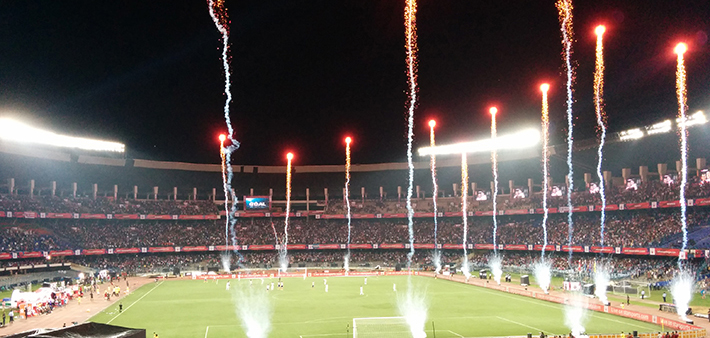
The tickets for the upcoming ISL haven't gone on sale yet, so there are no specific details about which block is going to cost how much. But last year the price ranged from Rs 200 to Rs 2500. This time it's expected to be somewhat similar.
Getting to the stadium is only possible by road right now. There is a metro station under construction nearby, but that won't start kicking for the next one year. Since the stadium is on the Eastern Metropolitan Bypass, buses are easy to find when you are going to a match. But if you attend a 7 pm fixture, then the buses on the way back might get overcrowded if there are too many people attending. But during ISL that is unlikely to be the case; Atletico de Kolkata do not sell as many tickets as a Kolkata Derby (in fact they magically "reduced" the stadium's capacity to 68,000 last year) so there will be less pressure on public transport. Either way, if going gets tough, just walk over to the Mani Square Mall nearby and hail a taxi.









